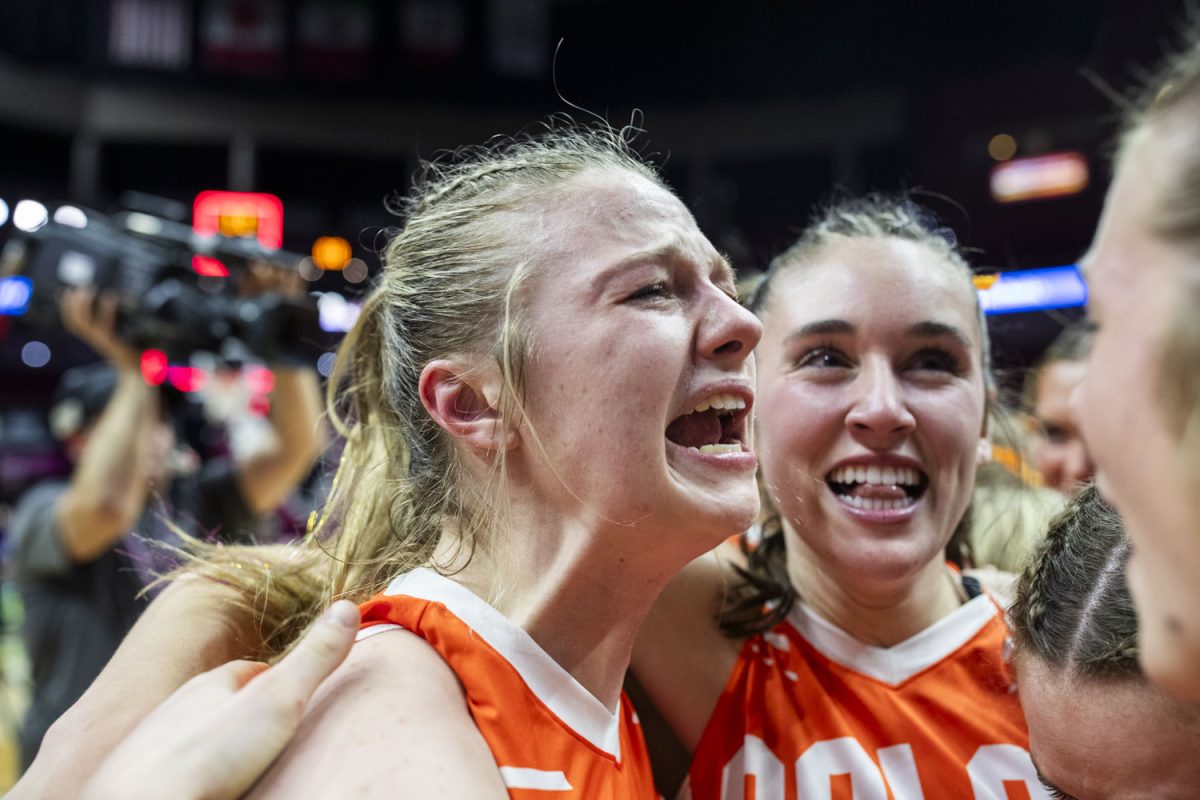A familiar sound that’s filled college baseball for almost four decades has been muffled.
The traditional “ping” has seemingly turned into a less deafening “thud.”
When the Iowa baseball team took the field for the first time in 2011 this past weekend, the Hawkeyes, like all other NCAA programs, gripped a new type of bat.
Although college teams are still going to use aluminum bats for the foreseeable future, they won’t be the same as models used in previous years.
“If you hit it on the sweet spot, it’s going to go [far], so that’s the same,” catcher Tyson Blaser said at the team’s media day on Feb. 10. “But if you don’t square it up, there is quite a bit of a difference. I don’t think you’re going to see any more doubles off the inside part of the barrel or off the end of the bat.”
The NCAA outlawed composite bats last month, citing a jump in offensive numbers over the last few years. Those increased statistics were because of the hitter-friendly aluminum barrel, which caused a trampoline effect after the ball makes contact with the bat.
College baseball will now be played with Bat Ball Coefficient of Restitution-approved bats, which the NCAA expects will perform similarly to the wooden bats used in professional baseball.
The change is primarily in the interest of player safety and preserving the integrity of the game.
“I think the game is going to be more true,” Blaser said. “The pitchers definitely like it. Being a catcher, I kind of like it because I help the pitchers out. From an offensive standpoint, you really have to focus on getting that barrel on the ball. No more cheap hits.”
While Blaser may be in more of a neutral spot as catcher, the Hawkeye pitchers have no complaints with the new bats.
For Iowa, a team that is deep in pitching this season, the rule change could prove to be an advantage.
However, senior right-hander Zach Kenyon said it doesn’t change too much in terms of strategy.
“Anytime they change the bats and it helps the pitchers out, I’m definitely looking forward to it,” he said. “Our hitters are already complaining about them. It’s great to throw bullpens at them and hearing that dead sound.
“But our approach stays the same. We’ve always got after it, commanded the zone. Pound [the baseball] inside and get after hitters. So it’s just the same approach this year as it is in previous years.”
Offensively, third baseman Zach McCool said prior to the team’s opening series, most hitters weren’t changing their approach at the plate, despite the bats.
That may change, though. The Hawkeyes had just 16 hits in the team’s opening series on Feb. 18-20 at the Big East/Big Ten Challenge. In the same three-game span in 2010, Iowa opened up with 38 hits.
“You have to take the same approach every day because that’s how you get results,” McCool said.
“We look at our swings on video on a daily basis to see what we can do better. Looking at those bats, yeah, the pitchers are really excited about them. But we get in the cages, and we hit the ball just as well as we have been at any other time. “Overall, I don’t think it’s going to be a big difference. It might give the pitchers a little more confidence, but hitters are saying give us a pitch, and we’ll hit it.”






